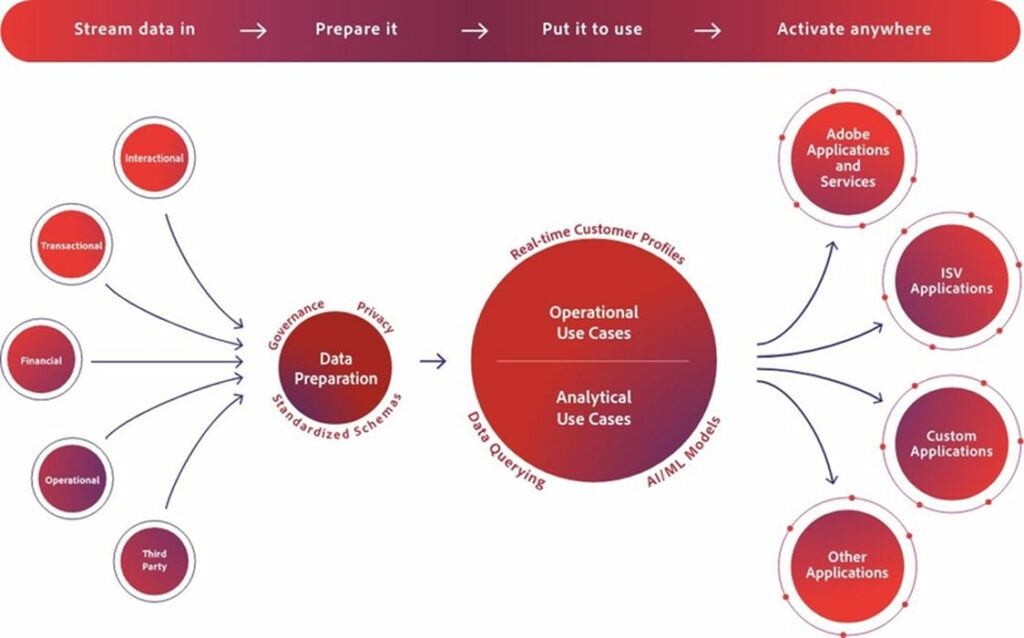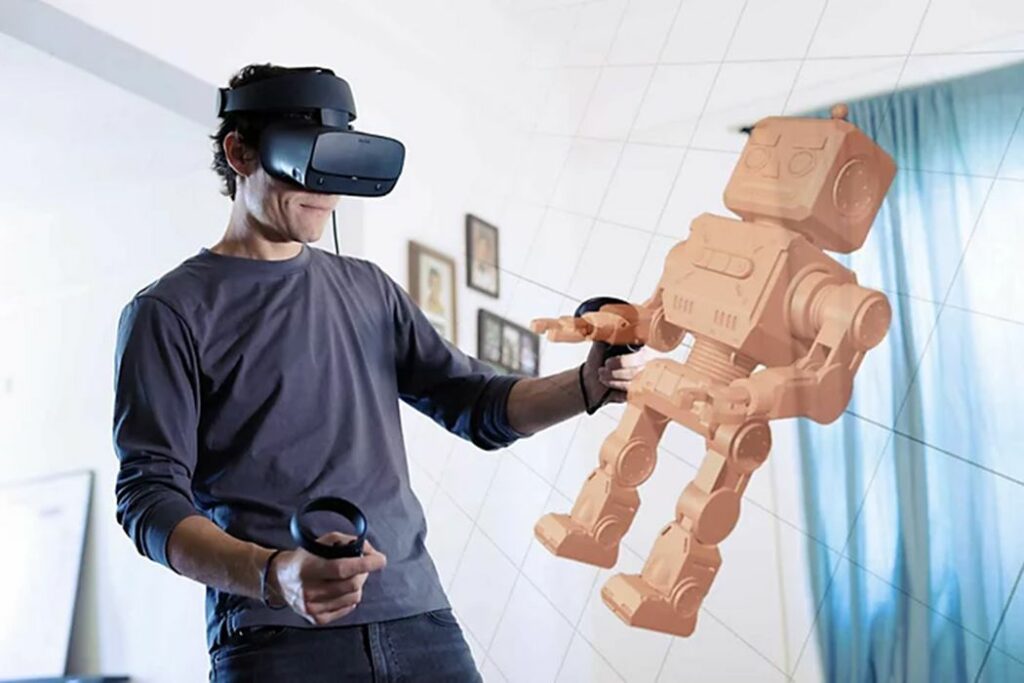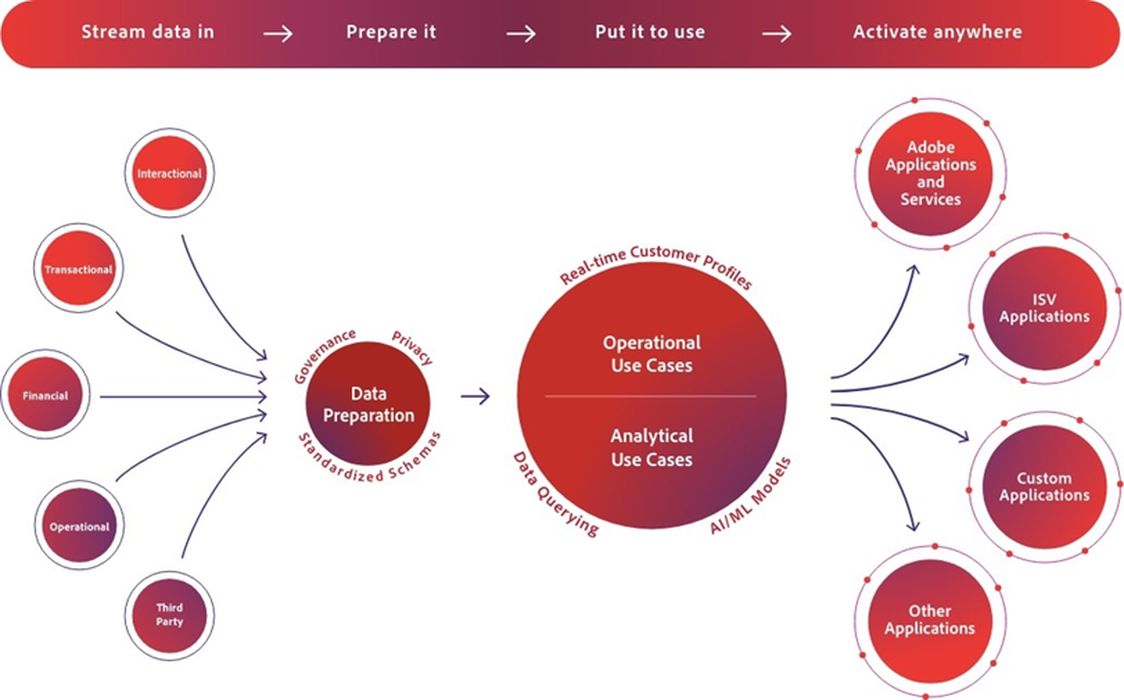
Charles Goulding & Andressa Bonafe look at Adobe’s innovations in the 3D print world.
American multinational Adobe Inc. has been at the forefront of software innovation for audio-visual content creation, editing, and publishing. With world-renowned flagship products that include Adobe Photoshop, Adobe Illustrator, and Adobe Acrobat, the company provides tools for various types of content, from graphics, photography, and illustration, to animation, multimedia/video, and motion pictures.
Founded in 1982, Adobe currently has more than 26 thousand employees worldwide and operations that spam three segments: Digital Media, Digital Experience, and Publishing. The Company’s innovative technologies have helped open the way to new digital experiences, democratizing creativity and inspiring entire categories of business.
Adobe’s Tools for Innovation
Offering an array of cloud-based solutions, Adobe helps businesses create content, enhance analytics capabilities, and ultimately increase productivity. The recently launched Adobe Experience Platform, for instance, uses data from multiple sources to build robust customer profiles that update in real time. With AI-driven insights, the platform optimizes the delivery of personalized experiences across various channels.

Another interesting example is Substance 3D, an ecosystem for state-of-the-art 3D design. The innovative suite of tools and services allows for the creation of photorealistic 3D scenes, along with a variety of 3D assets, including materials and patterns, image filters, environment lights, and 3D models. It further helps bridge the physical and digital worlds, facilitating the design of augmented reality experiences and creating a 3D sculpting workshop available both on desktop and in VR.
Adobe, NFTs, and the Metaverse

Adobe has demonstrated increasing interest in the world of cryptocurrency and non-fungible tokens (NFTs). In 2021, the Company launched Content Credentials, a system to provide and assess digital content provenance and attribution. The tool is built into Photoshop and gathers details about edits, activity, and attribution information. Once exported, information is captured as tamper-evident attribution and history data, which can be attached to the content, helping NFT sellers prove its authenticity.
Also in 2021, Adobe’s social network Behance, the leading online platform to showcase and discover creative work, introduced a new way to display NFT art minted on Ethereum. This capability has since expanded to support artwork minted on Solana and Polygon, which are reportedly more environmentally efficient blockchains.
Adobe is also greatly invested in the future of immersive experiences, specifically the metaverse. The Company is developing new tools for the design, creation, and delivery of photorealistic virtual experiences. Current focus areas include 3D and other immersive content creation, virtual commerce experiences, and portability of virtual identities and possessions.
In March 2022, Adobe announced a series of collaborations centered on the metaverse. These partnerships include leading brands and pioneers in the field, such as NVIDIA, Epic Games, The Coca-Cola Company, and NASCAR.
Adobe and 3D Printing

Adobe is also engaged in partnerships to advance 3D printing. A collaboration with Stratasys Ltd. has enabled users of Adobe Substance 3D Painter to easily turn digital 3D renderings into 3D-printed models using Stratasys PolyJet 3D printing technology. By eliminating the need for additional software or outside processes, the streamlined workflow considerably increases efficiency while preserving the ability to print full color, material, and finish.
Items printed on Stratasys PolyJet printers directly from Adobe Substance 3D Painter
Companies across many industries have relied on Adobe’s tools to advance their innovative efforts. Whether creating immersive experiences or bringing complex 3D models to life, these activities are likely eligible to receive R&D tax credits, as described below.
The Research & Development Tax Credit
The now permanent Research and Development (R&D) Tax Credit is available for companies developing new or improved products, processes and/or software.
3D printing can help boost a company’s R&D Tax Credits. Wages for technical employees creating, testing, and revising 3D printed prototypes can be included as a percentage of eligible time spent for the R&D Tax Credit. Similarly, when used as a method of improving a process, time spent integrating 3D printing hardware and software counts as an eligible activity. Lastly, when used for modeling and preproduction, the costs of filaments consumed during the development process may also be recovered.
Whether it is used for creating and testing prototypes or for final production, 3D printing is a great indicator that R&D Credit eligible activities are taking place. Companies implementing this technology at any point should consider taking advantage of R&D Tax Credits.
Conclusion
For decades, Adobe has stayed at the forefront of innovation and its tools have enabled creativity across many industries. Immersive design and streamlined 3D printing solutions are among the latest developments that are bound to benefit businesses and creators across various industries.

